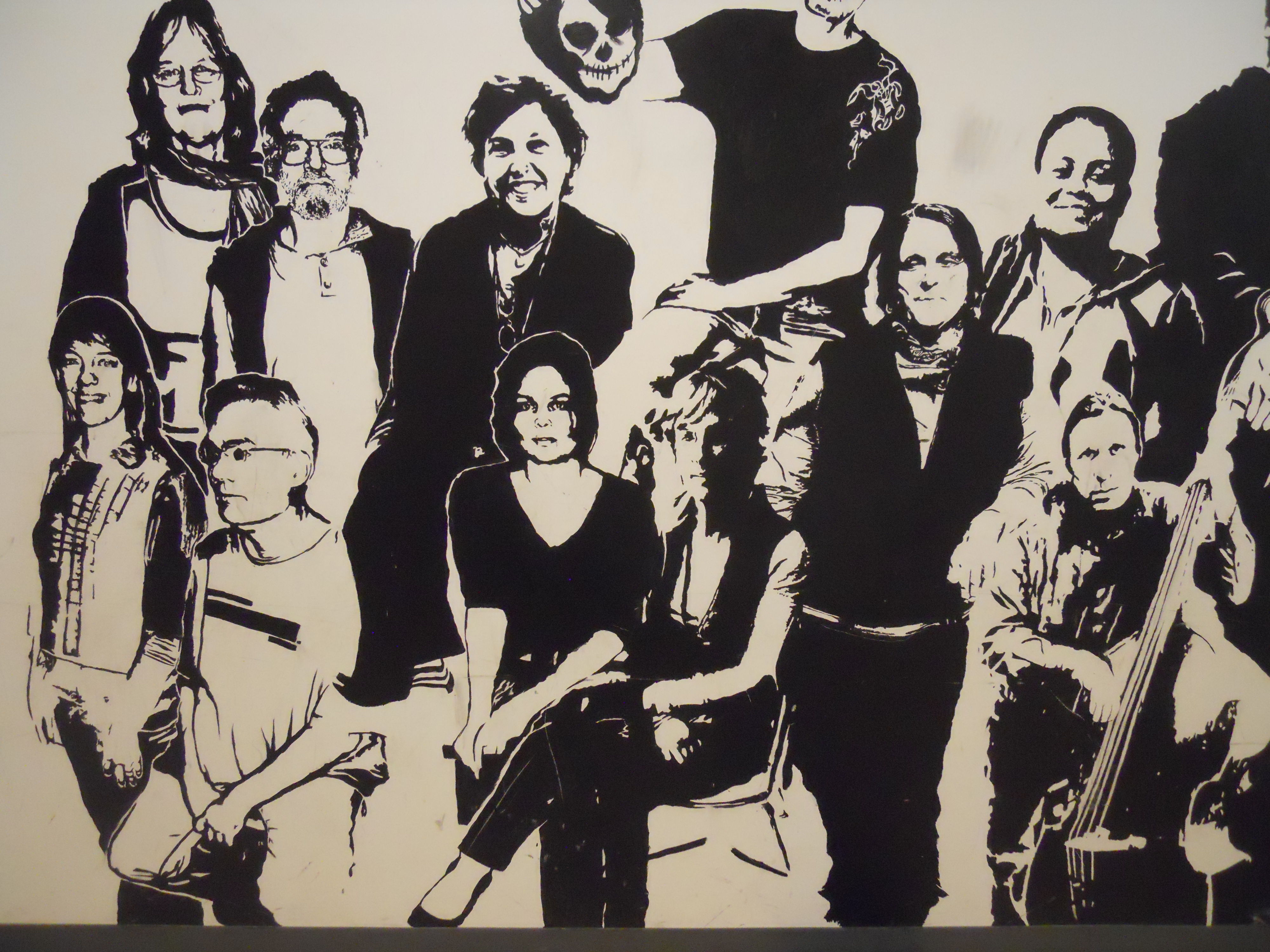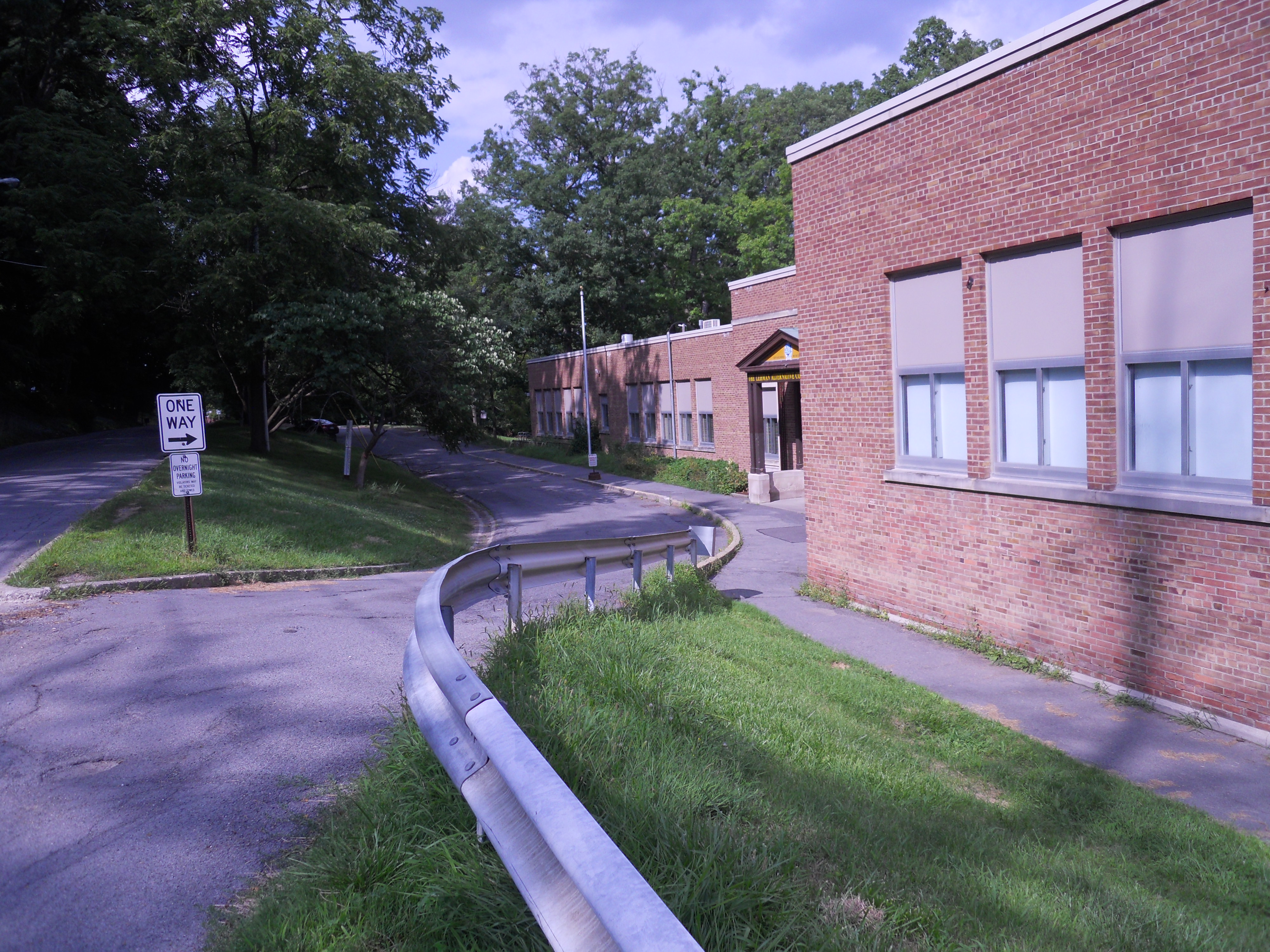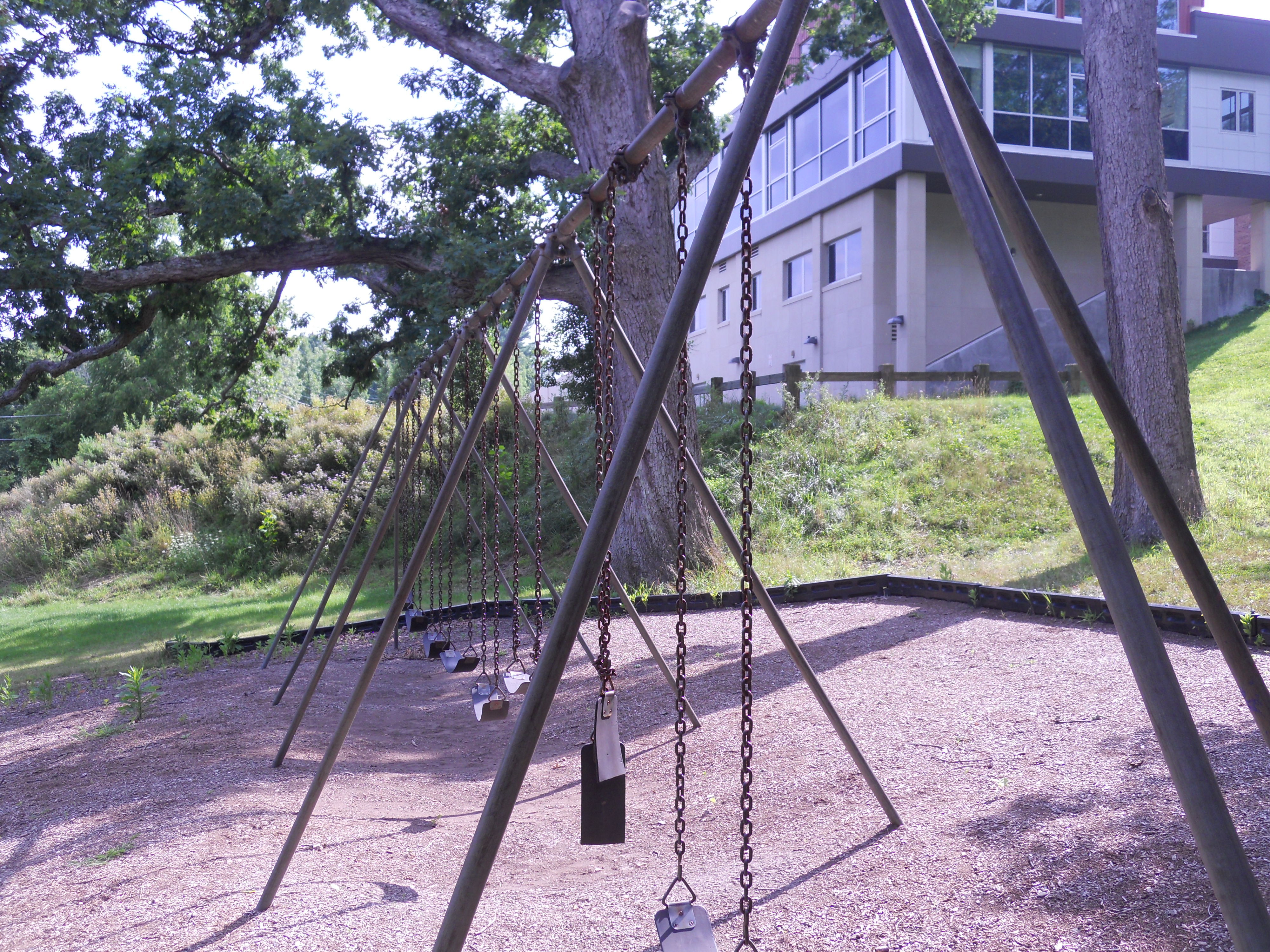So, here are my questions. These are not new questions for me or for many of you, but I thought I would just put them out there. There have been waves of attacks on public schools in the U. S. for the last 30 years or so. Are these attacks part of a larger war on the concept and institutions of democracy? One of the functions of public schools is to educate all students to be able to understand and meaningfully participate in a democratic government. It is to “level the playing field” so at least most people who put in the effort can create a good life. Are we now purposely creating “separate and (certainly not) equal?” And what role do the Common Core Standards play in this possible scenario?
Diane Ravitch argues in her book Reign of Error that different corporations, working with political institutions and individual politicians, are leading an effort to undermine public schools by undermining teachers, teacher unions, and the very concept that a public institution working for the general good, instead of a for-profit corporation, can successfully manage and direct an educational system. The strategy calls for publicizing deceptive and often inaccurate information to create a sense of a crisis in education so corporations can step in and save the day. For example, A Nation At Risk, a report issued by the Reagan administration in 1983, claimed public education and teachers were responsible for everything from a declining college graduation rate to the loss of manufacturing jobs. It said, “If an unfriendly foreign power had attempted to impose on America the mediocre educational performance that exists today, we might well have viewed it as an act of war.” It said graduation rates, SAT scores, etc. were decreasing—all later proved untrue. Academic achievement from 1975 to 1988 was actually improving, and not only for middle class white Americans. The divide in academic achievement between rich and poor, white and African-American, Latino, Native-American, was diminishing. But the A Nation At Risk report was just the beginning.
With the fomenting of decreasing trust in teachers and public schools, there was also increasing pressure to turn to private companies to create assessments, curriculum, and even to decide who would be allowed to teach our children. In 2001, President Bush supported and signed the No Child Left Behind legislation. This was a noteworthy achievement. It increased the number of standardized tests that our students had to take so we are now the most tested nation in the world. Then came President Obama’s Race To The Top legislation in 2009. Amongst other things, this set the stage for the Common Core, mandated that test scores be used in teacher evaluations, and encouraged the closing of public schools whose students “underperform” on test scores. And what was the result? Those dire claims about the education of our children began to come true. The divide in achievement between rich and poor, white and people of color was becoming either flat or increasing and test scores in general were either going flat or down.
Once most of the country was fooled into thinking of public education as facing a large scale crisis, there were increasing calls to privatize schools and create privately run, publicly funded, charter schools. From 2010-11 to 2011-12, for example, the number of students enrolled in charter schools rose from 1.8 to 2.1 million. This number continues to rise. With charter schools, public money is transferred from teachers and administrators, who are mostly in the middle or lower class, to corporate investors. In the case of cities like NYC, hedge fund managers, whose primary goal is fast profits not serving the public, have taken over several charter schools. Secondly, these schools, as Diane Ravitch points out, “…are deregulated and free from most state laws… This freedom allows charter schools to establish their own disciplinary policies and their own admission rules.” Unlike public schools, which must take any and every student who comes to their door, charter schools can screen for the most advantaged students. Despite this screening, charter schools are no more successful then public schools. And, when adjusted for the economic situation of students, statistics show they often do worse. Charter and other privately run schools can hire uncertified teachers who are not unionized, not as well trained, and who can be paid less. The public sector can now be drained of funds and left to educate the most disadvantaged students with fewer resources.
Public schools were further undermined over this same time period by federal, state, and local cuts to educational budgets, including cuts in teaching staff. In 35 states, for example, the funding in 2012-2013 was below 2008 levels. At the same time, there was an increase in spending on standardized testing. I don’t think it’s smart to try to increase the performance of schools by decreasing the number of teachers.
Now let’s discuss the Common Core Standards. They are so new that I don’t think we can fully judge their potential efficacy in improving instruction. What we can say is that if the standards are assessed, as they are now, through high stakes standardized tests, the Common Core will be largely irrelevant. In my opinion, it has been extensively and clearly shown that standardized testing is an inferior and inequitable way to assess educational achievement. These tests hurt our children by creating fear, limiting the depth of instruction, and wasting time and resources. They serve no diagnostic function. So, as long as the standards are assessed in this way, they are not being assessed at all. It is claimed the tests can help judge how well teachers or schools are doing. Good teachers are essential in educating students. But students all begin school in a different place. If you want to predict who will do well on a standardized test, what matters most is the economic standing of the family and community.
One danger of national standards is too tightly defining what should be taught. This can lead to the creation of a national curriculum, where all students are expected to learn the same material in the same way at the same time. Some school districts are already demanding that schools standardize the “sequence of the curriculum so students will be able to switch schools, districts, even states and not be out of sync in a new classroom.” I don’t think we want to replace the old situation, where states set their own standards, with one that requires everyone to move in lockstep—or fail.
If our society truly wanted to create an equitable educational system, and truly teach all students how to think critically, it would begin by investing more money in schools where the need was greatest. It would treat teachers with the respect that they deserve and need in order to creatively and compassionately meet the educational needs of students. It would do a better job of treating students as whole people with emotional, social, and health needs as well as intellectual ones. It would do any of these things before it would spend one nickel on corporate created standardized tests, charter schools or curriculums—or even national standards. So, is the corporate “reform” agenda part of a larger move in our country to undermine not only public education but the power of the public in general? I hope not. But, I think, that is the result.





